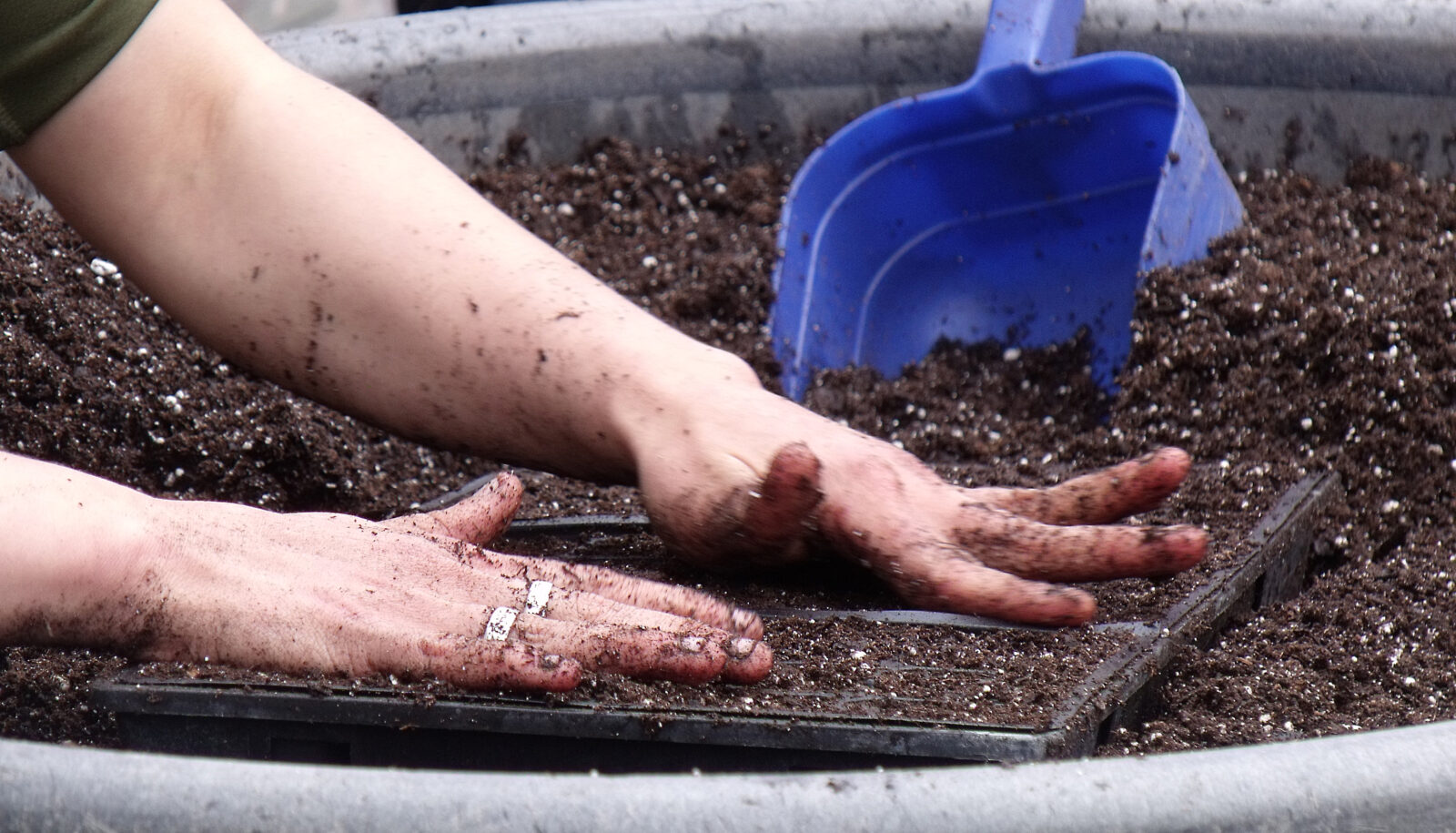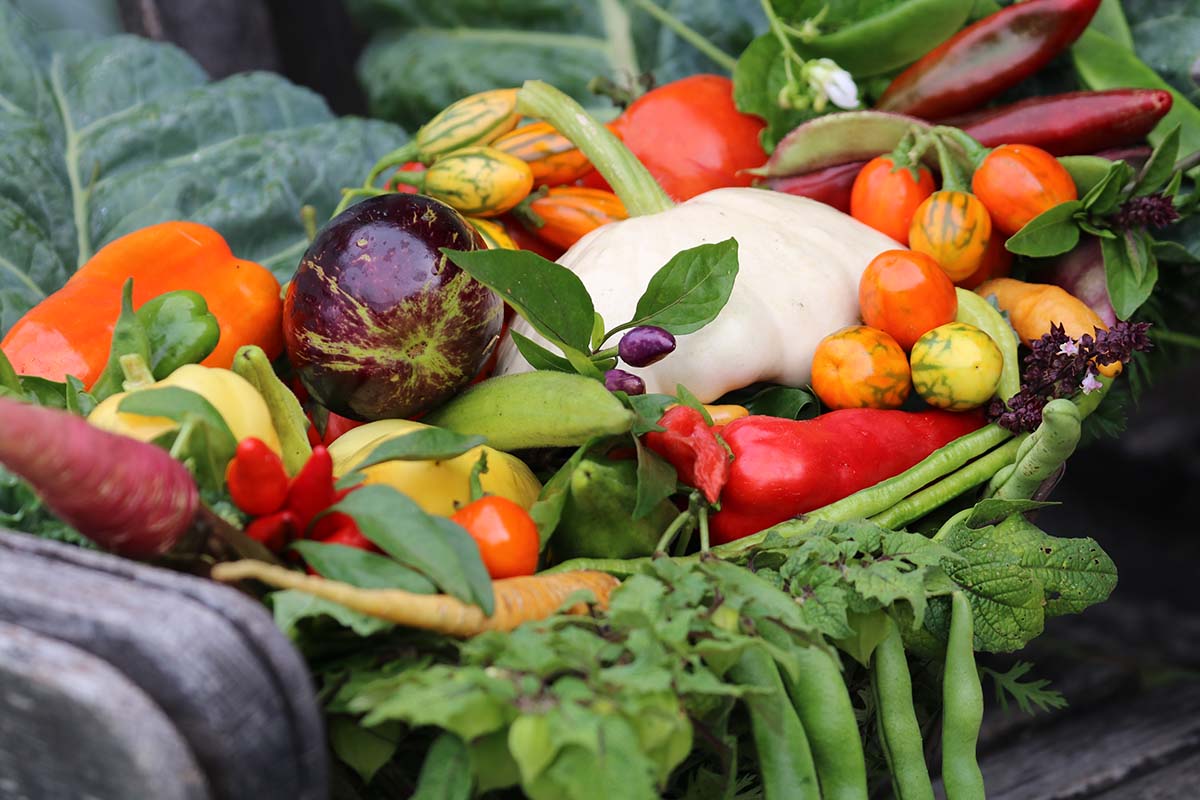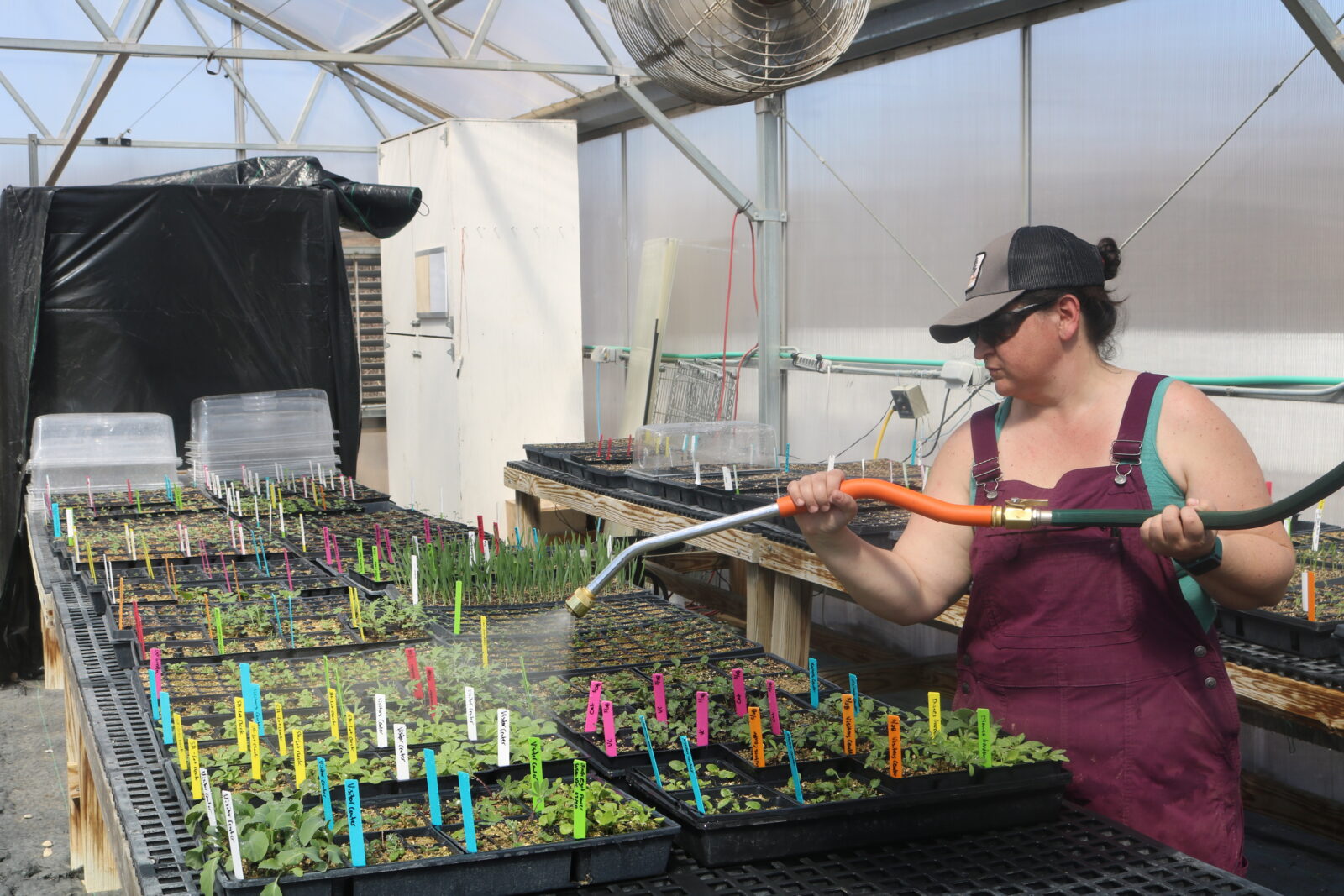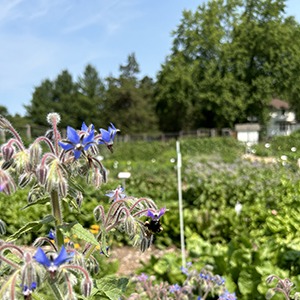
Pollinators
Learn how to create a garden that will attract native pollinators with seed saving in mind.
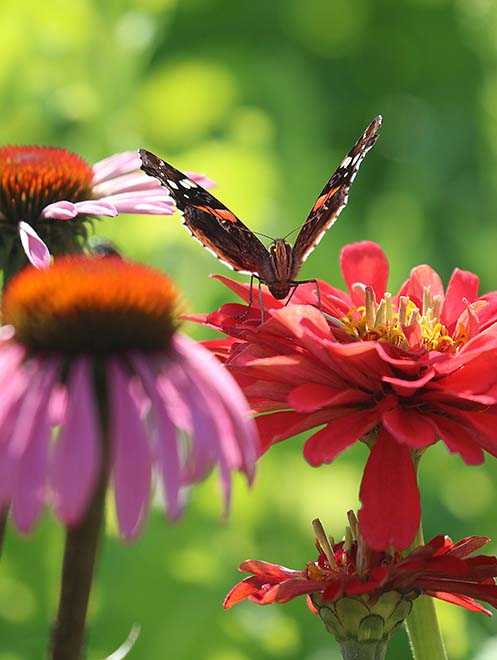
What’s the recipe for wooing more butterflies and befriending more bees? To attract native pollinators, an area—big or small—must offer adequate sources of food, water, and shelter. By maintaining natural and cultivated habitats where these insects can nest, rest, and forage, anyone can reap the rewards of healthy pollinator populations. Learn more about plants and flowers that attract bees and how to create a pollinator garden with seed saving in mind.
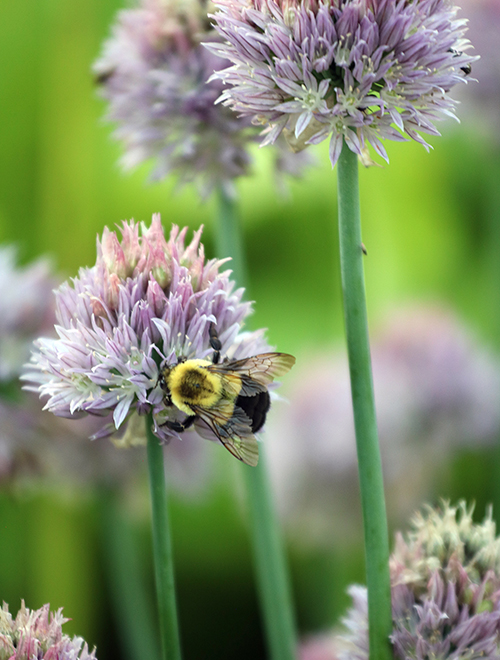 Before creating new habitat, boost native pollinator populations by protecting existing standing natural areas and green spaces. Consider leaving some areas of a property “wild” as un-manicured areas can provide alternate foraging and nesting sites. And make sure existing manicured and unmanaged green spaces are free of harmful pesticides.
Before creating new habitat, boost native pollinator populations by protecting existing standing natural areas and green spaces. Consider leaving some areas of a property “wild” as un-manicured areas can provide alternate foraging and nesting sites. And make sure existing manicured and unmanaged green spaces are free of harmful pesticides.
Use pheromone traps, sticky traps, and trap crops (a crop planted to attract insect pests from another crop) to combat insect pests rather than synthetic chemicals, as many pesticides are toxic to bees and other beneficial organisms. By also applying the simple principles of ecological plant protection—such as feeding plants with organic manure and quality compost and removing weeds and infected plants—you can work with nature to control pests and diseases, enjoy a healthier garden and harvest, and protect pollinators and other beneficial insects.
Flowering plants supply pollinators like bees and butterflies with essential pollen and nectar. Pollinator-friendly plants also provide a safe shelter for our hard-working insect friends. The most important aspect of any pollinator garden is diversity. Because pollinators are active from April to October, make sure you have a colorful array of continuously blooming flowers from early spring through fall and keep your plants free of pesticides, fungicides, and insecticides.
Plants should be selected based on the space they will occupy. Specifically, consider your space’s soil type, sun exposure, and moisture levels.
You may also choose to select plant species to support specific pollinators.
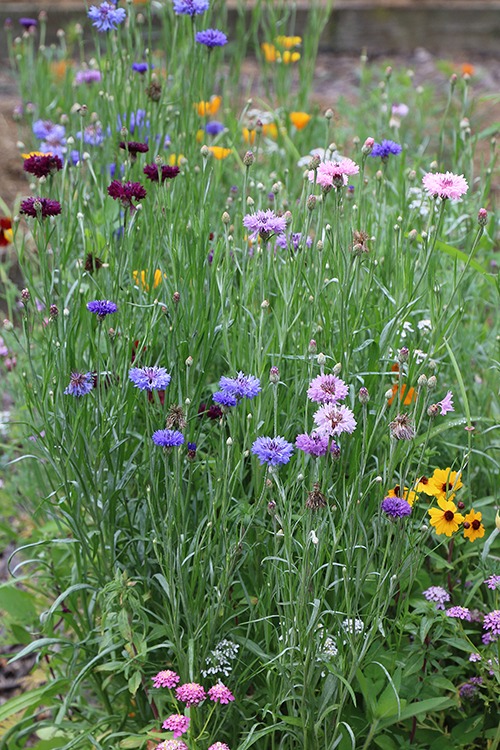 To ensure that the pollinators will have something to forage from spring through fall, select various natives that flower at different times throughout the growing season. Choosing plants with a variety of flower colors and shapes will also help attract an assortment of insects of a variety of sizes and foraging habits. Larger clusters of a plant species are better for attracting pollinators than several smaller clusters in and around the garden space.
To ensure that the pollinators will have something to forage from spring through fall, select various natives that flower at different times throughout the growing season. Choosing plants with a variety of flower colors and shapes will also help attract an assortment of insects of a variety of sizes and foraging habits. Larger clusters of a plant species are better for attracting pollinators than several smaller clusters in and around the garden space.
These mixes feature varieties that will bloom from spring to fall, Wet Wildflower Mix, Mesic Wildflower Mix, Pollinator Garden Collection, Bee Feed Flower Mix.
Confirm the varieties in this mix are safe for your state/region by visiting the USDA National Invasive Species Information Center
Aquatic Plants or Terrestrial Plants
Resource Tip: Local extension agencies can provide listings of ideal plants for your region and climate.
Finally, don’t forget the water—all living things need it to survive. Install a water garden, a birdbath, or a catch basin for rain.
Trusted varieties from Seed Savers Exchange!
When you make a purchase from Seed Savers Exchange, you help fulfill our nonprofit mission to protect our food and garden heritage. Do even more good by making a donation to help us preserve and share even more heirloom varieties!

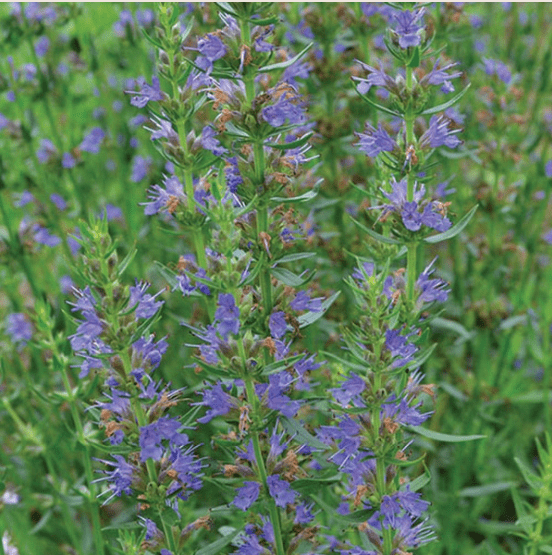
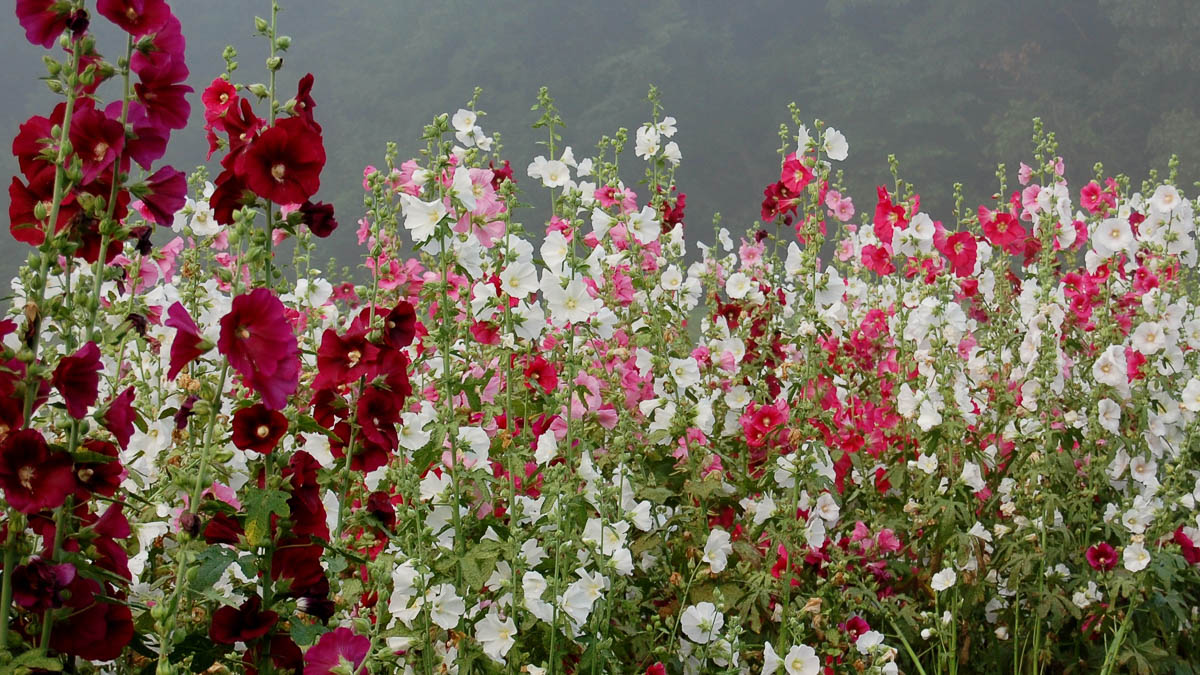
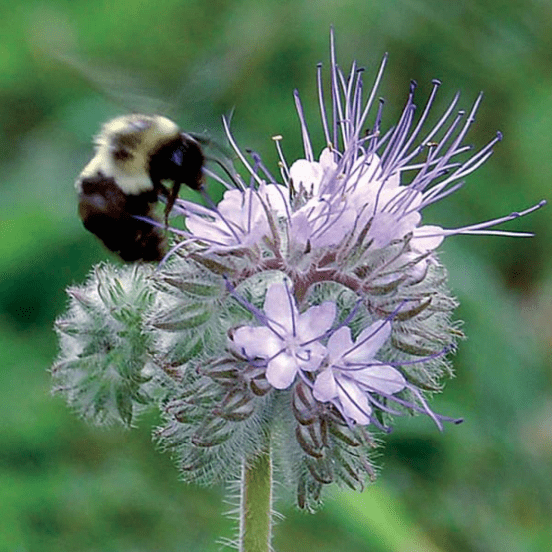
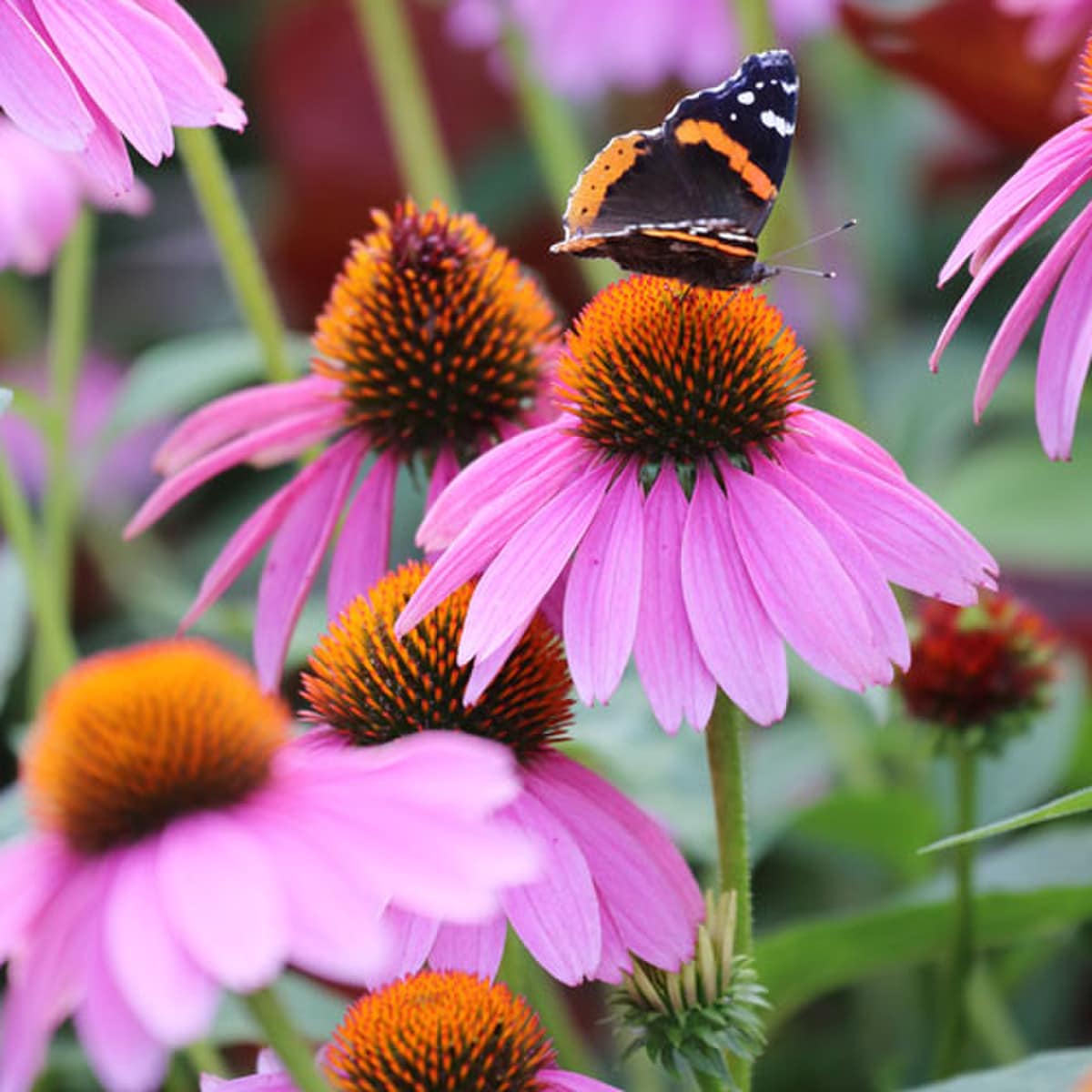
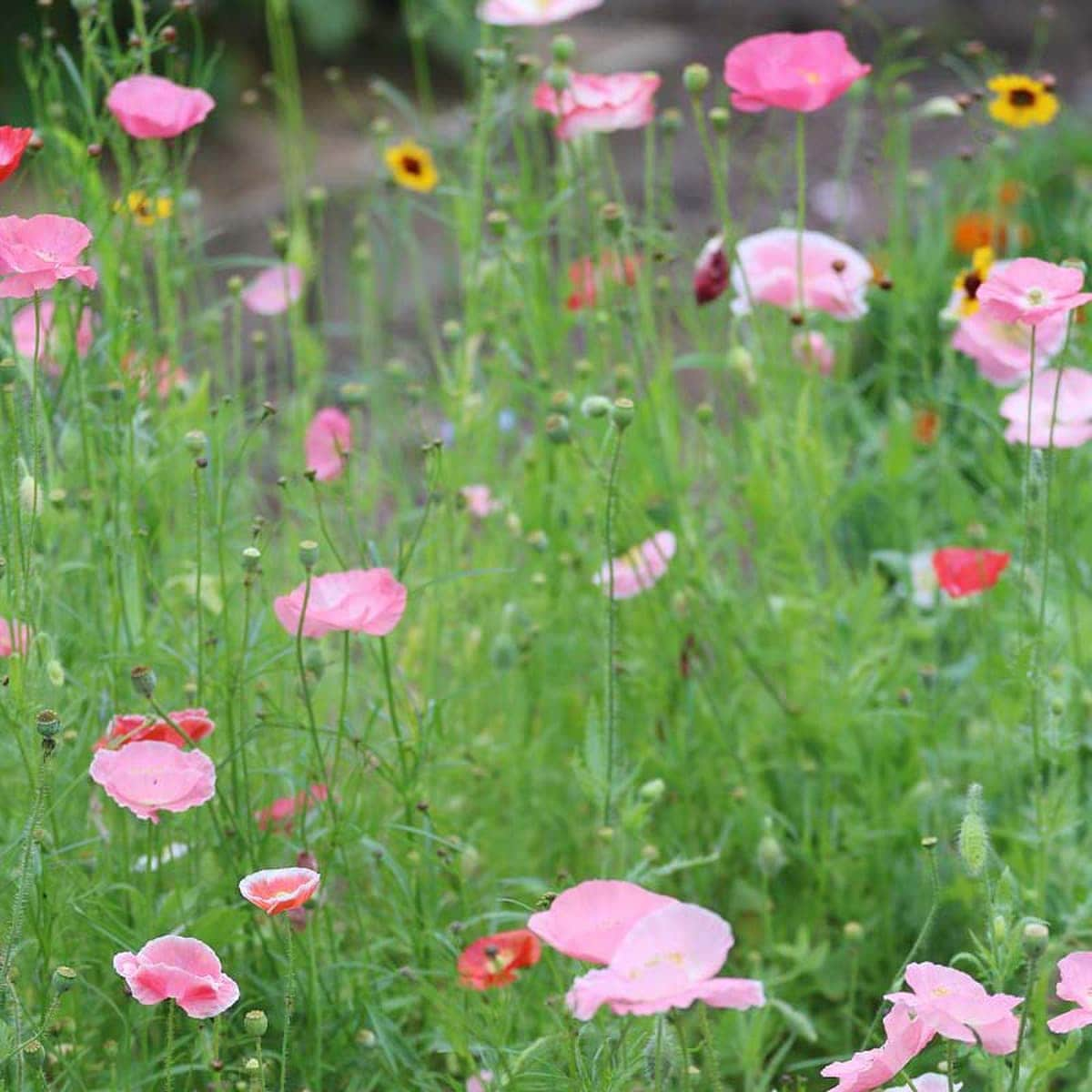
Bees, butterflies, and other pollinators need shelter to hide from predators, protect themselves from the elements, and rear their young. Nesting sites also promote the colonization of garden areas by pollinating insects. Let a hedgerow or part of your lawn grow wild. Allow a pile of grass cuttings or a log decompose in a sunny place on the ground. Keep a dead tree standing to create nooks for butterflies and solitary bees. Though many varieties of solitary bees are right at home making ground nests among plants, they will also nest in artificial habitats such as nesting blocks.
Plentiful pollinators benefit both the environment and food production, but increased pollinator activity can also interfere with a gardener’s attempts to produce seed that is true-to-type. Seed savers may use a variety of tactics to help maintain varietal purity—physical barriers, mechanical isolation through bagging or caging, isolation through distance, pollinator distractions, diversification of gardens, and hand-pollination.
Learn more about Isolation Methods.
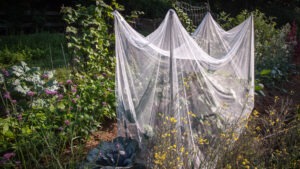
Keep Learning
Continue your learning with seed starting, crop-by-crop growing and seed saving guides, and plant care.
